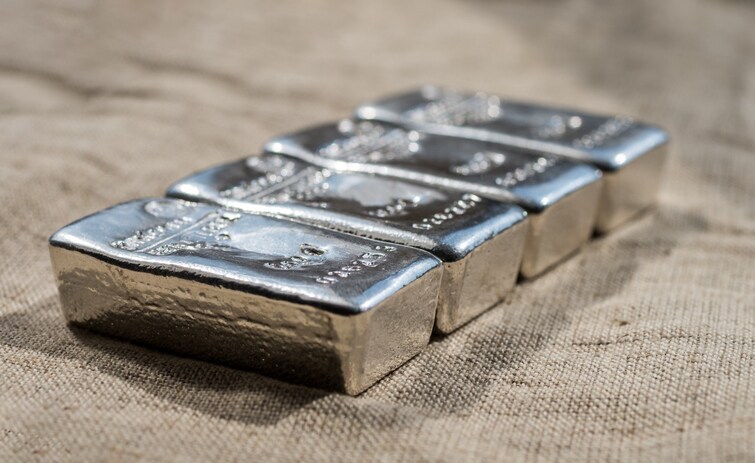 Metals alloys are created to impart many properties beyond aesthetic ones, such as strength, flexibility, machineability, and durability. Getting the right alloy “recipe” is especially important in industrial applications; costly incidents can result when incorrect or out-of-specification metal alloys enter the manufacturing process, resulting in defective critical components.
Metals alloys are created to impart many properties beyond aesthetic ones, such as strength, flexibility, machineability, and durability. Getting the right alloy “recipe” is especially important in industrial applications; costly incidents can result when incorrect or out-of-specification metal alloys enter the manufacturing process, resulting in defective critical components.
Inspection and verification of metal alloys can be quickly and easily accomplished using handheld x-ray fluorescence (XRF) analyzers. XRF is used for inspection of incoming raw material to verify the alloy grade and composition. It is also used for final quality inspection to help ensure that the incoming raw materials and the outgoing finished parts meet the expected engineering requirements.
XRF is a nondestructive testing technique that can analyze a metal sample in seconds with little to no need for sample preparation. Portable XRF analyzers deliver fast, accurate elemental analysis and positive identification for manufacturing requirements in seconds. In fact, advances in handheld XRF technology have expanded to the point that today’s analyzers are capable of distinguishing alloy grades that are nearly identical in composition to one another.
A new silver alloy has been created with such improved strength that it may be the world’s strongest. According to Mining.com, a team of US-based scientists came up with a silver alloy that is 42% stronger than the previous world record. The new metal was developed using a copper micro-alloy mixed into the silver to control the behavior of defects in silver. As explained in the article, the copper atoms, slightly smaller than the atoms of silver, move into defects in both the grain boundaries and the twin boundaries. The tiny copper impurities within the silver inhibit the defects from moving but are such a small amount of metal—less than 1% of the total—that the rich electrical conductivity of silver is retained.
“The copper atom impurities go along each interface and not in between. So they don’t disrupt the electrons that are propagating through,” said Frederic Sansoz, a mechanical engineering professor at the University of Vermont who co-led the new discovery.
According to Sansoz, not only does this metal overcome the softening previously observed as grains and twin boundaries get too small, it even exceeds the long-standing theoretical Hall-Petch limit.
“We’ve broken the world record, and the Hall-Petch limit too, not just once but several times in the course of this study, with very controlled experiments,” the researcher said.
In another research project to create improved silver alloys described in a Mining.com article, scientists with the U.S. Army Research Laboratory, the University of Maryland, and the Paulista State University in Brazil to create a new lightweight gold-silver alloy with applications to improve equipment used by soldiers in the battlefield.
“We demonstrated and characterized gold/silver alloys with tuned optical properties, known as surface plasmon polaritons, which can be used in a wide array of photonic applications,” David Baker, one of the authors of the paper, said. “The fundamental effort combined experiment and theory to explain the origin of the alloys’ optical behavior. The work highlights that the electronic structure of the metallic surface may be engineered upon changing the alloy’s chemical composition, paving the way for integration into many different applications where individual metals otherwise fail to have the right characteristics.”
Post Author: Ohlman, Cindy.






Leave a Reply